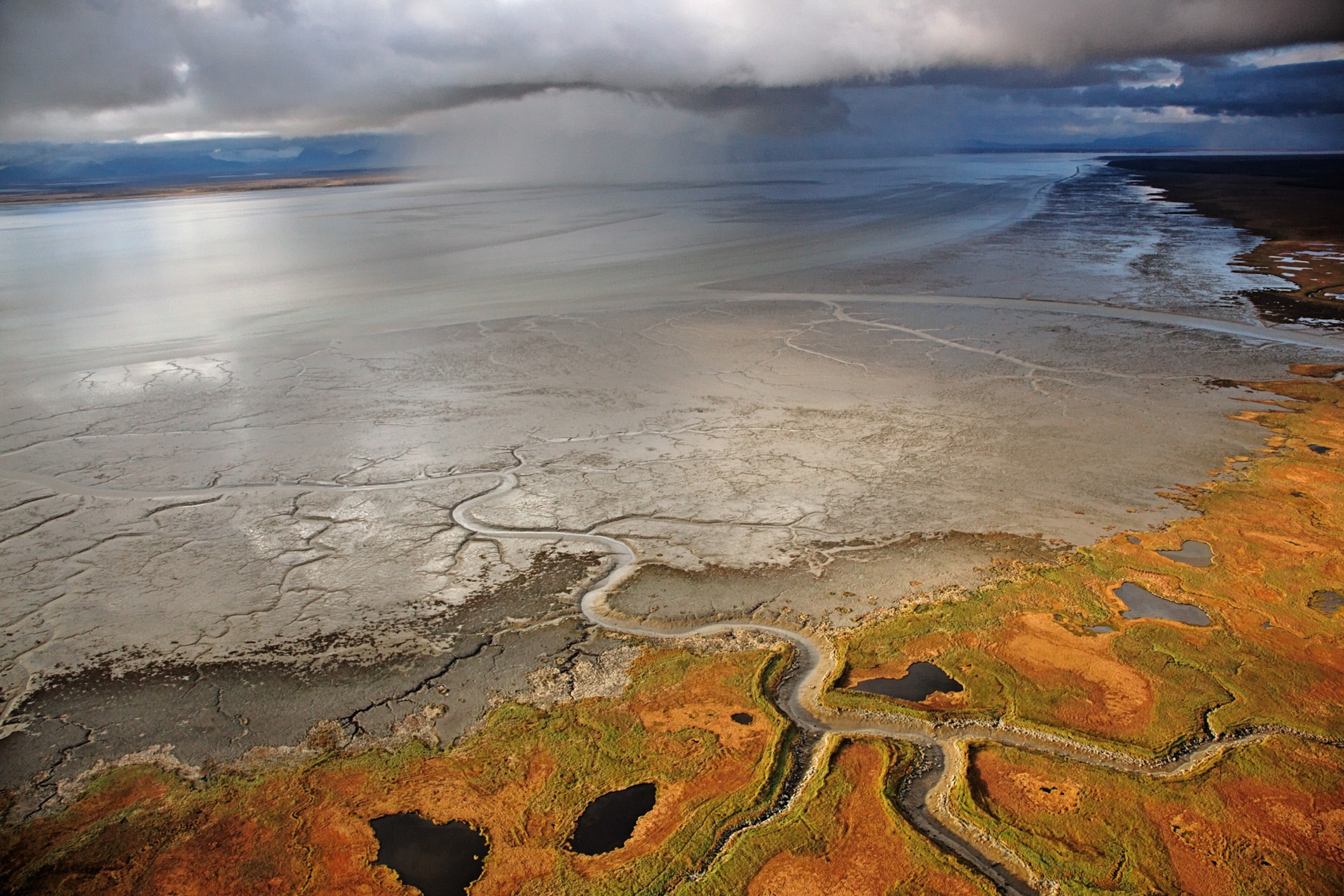
Pictures: Photographer Who Shot Bristol Bay Celebrates Halt of Pebble Mine
Photographer Michael Melford says EPA decision is a win for salmon.
A battle over the pristine Bristol Bay region of southwest Alaska could be ending. On Friday, the Environmental Protection Agency invoked the Clean Water Act to put a halt to mining efforts—for now.
Mining companies have been keen to start exploiting the region’s massive copper and gold deposits, while critics fear development could threaten the world’s largest sockeye salmon run. Photographer Michael Melford shot Bristol Bay for a 2010 National Geographic feature about the battle between salmon and gold. In an interview on Saturday, Melford said that the area is uniquely beautiful but that not everyone will be celebrating a win for salmon.
It’s rare for the EPA to invoke the Clean Water Act to put a potential hold on mining interests. What’s unique about this area and why are people fighting over it?
I love Alaska. I’ve been there a lot. When I first arrived in Dillingham my fixer--right as I arrived--said we have to go out where the fishermen are harvesting with a set net. They proceeded to pull up a net with 18 thousand pounds of salmon in it.
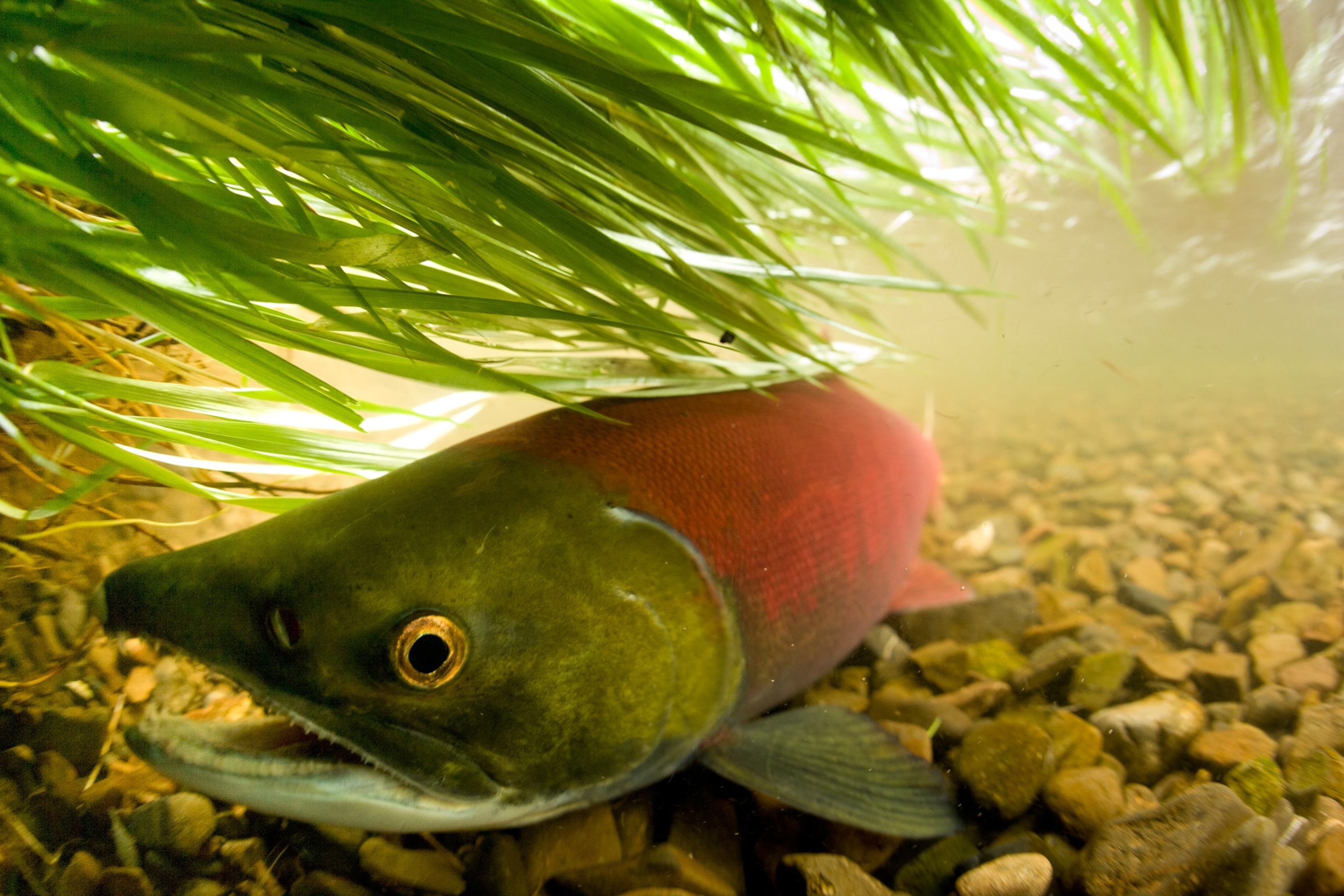
Oh my god.
That’s exactly what I thought. And that’s the opening picture of our (National Geographic) piece—it’s a picture of woman, Ina Bouker, who picked up a fish and kissed it and said how she loved the fish.

I couldn’t have asked her to do it again, it was just one of those moments. The area there is so huge and so pristine. It’s surrounded by Lake Clark National Park, Katmai National Park, Wood-Tikchick State Park—the largest state park in the nation—and the Togiak Refuge.
The whole area is surrounded by protected lands. Everything in between is really underdeveloped except Dillingham on the Nushagak River and another town on Kvichak River. There are a few Native American communities along the river system, but it’s all just incredibly undeveloped and beautiful.
Was this EPA announcement a surprise?
The first good news came about six months ago when one of the two major mining companies that formed the Pebble Mine project pulled out. Then I got an email Friday from a native American from the area who had designed a T-shirt using that same picture of the woman kissing the fish. They’d already silk screened the T-shirts in celebration but were asking my permission. That’s how I heard the news. It was a sweet way to hear.
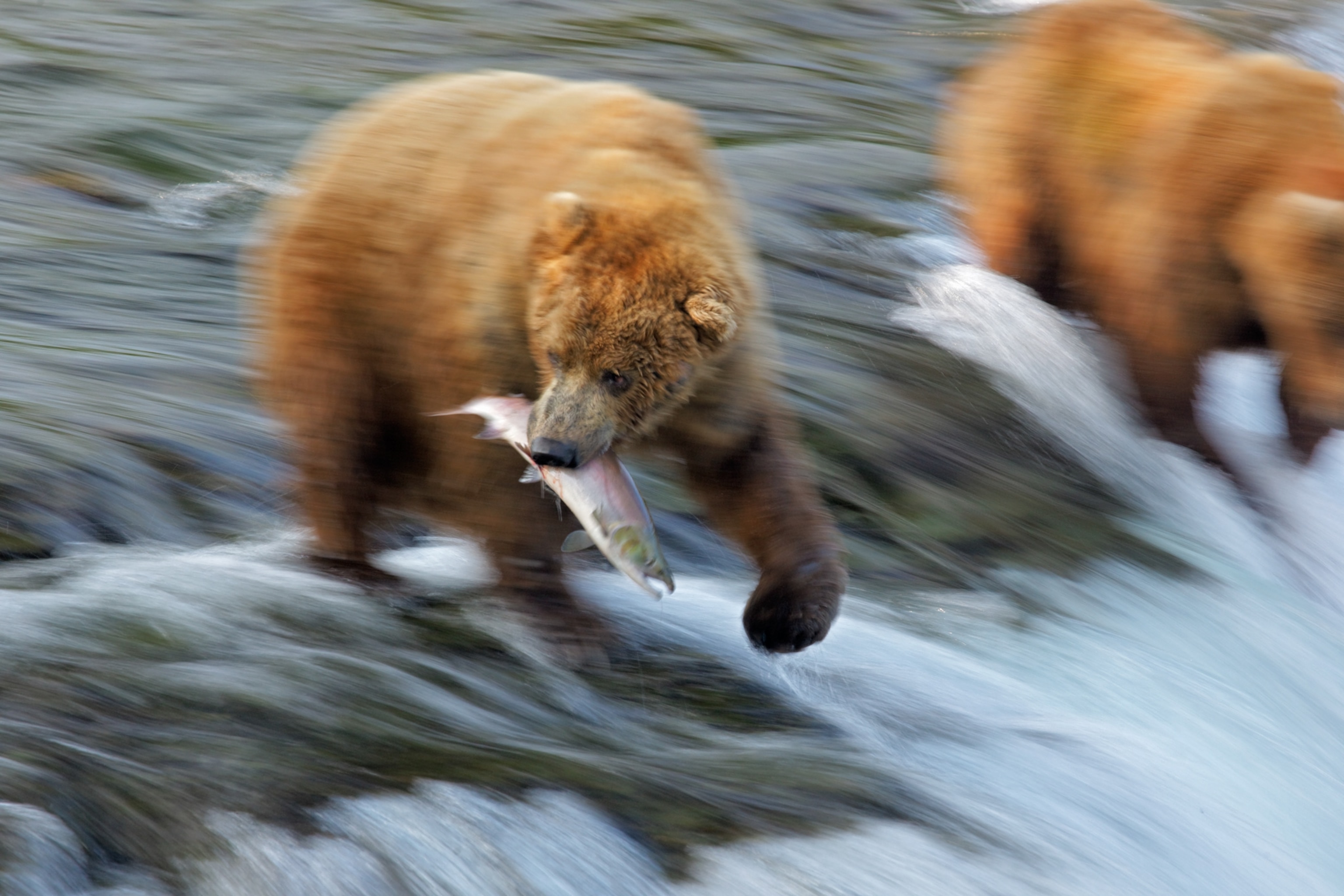
What was mood up there Friday?
They were very excited. Everyone is really thrilled. The mining company says it will try to fight it. Let them try. I think this is the final nail in the coffin. It’s what we’ve been waiting for. Usually when I do stories for the magazine I go and photograph, but in this case I got pretty emotionally involved because so much was at stake.
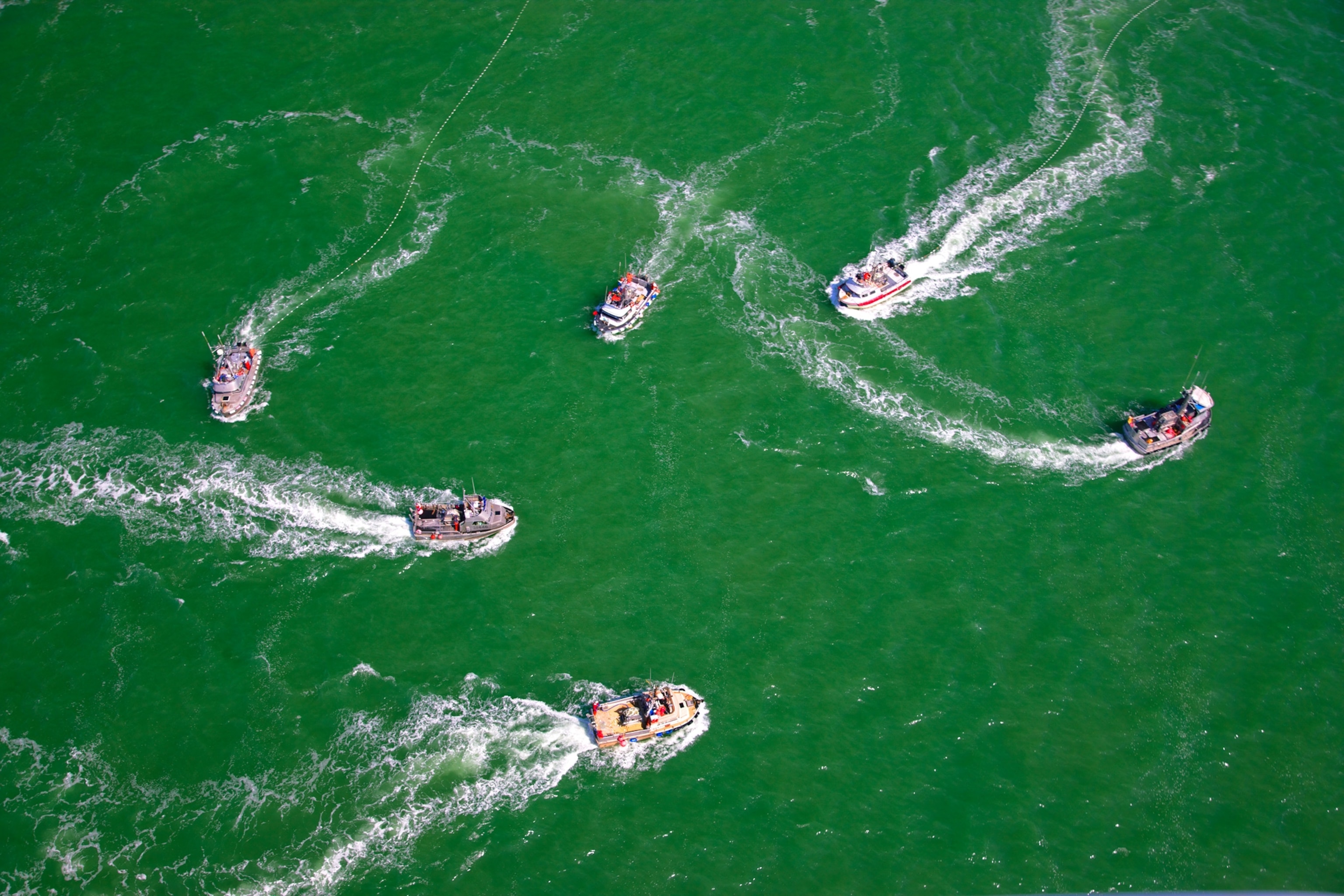
The companies behind the proposed Pebble mine project have insisted that it’s possible for the salmon and the mine to co-exist.
There are two major rivers systems in Bristol Bay that the salmon return to to spawn: the Nushagak and the Kvichak Rivers. Right where the source of both river systems meet is where the huge deposit of gold and copper is.
The mining company wants to strip mine the ore, and put a tailing dam there to hold back byproducts of the process, like arsenic and sulfuric acid. Any leakage in that dam or into the underground systems would have seriously changed the chemistry of the rivers. Once you start mucking with nature it can be really disastrous.

What time of year were you there, and did you see any mining development yet?
I was there in July, which is the major spawning time of the sockeye salmon. The whole month. I went back in early September as well. The only mining development I saw is the hole in the earth the company has drilled to take core samples, to see how rich the vein of copper and gold is.
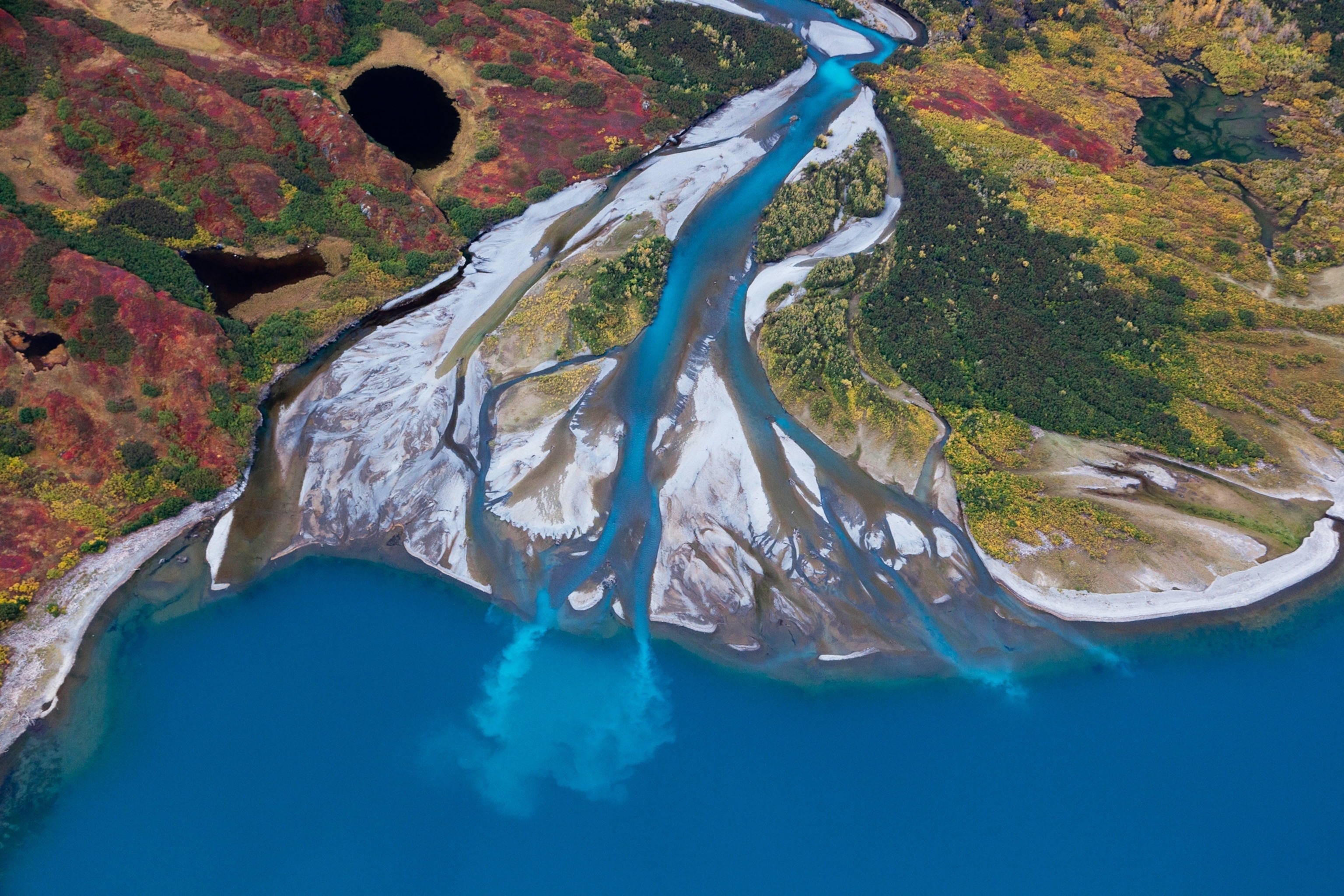
In one aerial photo the ground looks golden in parts, what is that?
That’s the tundra. The tundra turns that golden color in the fall. that’s from when I went back in September following my first July trip.
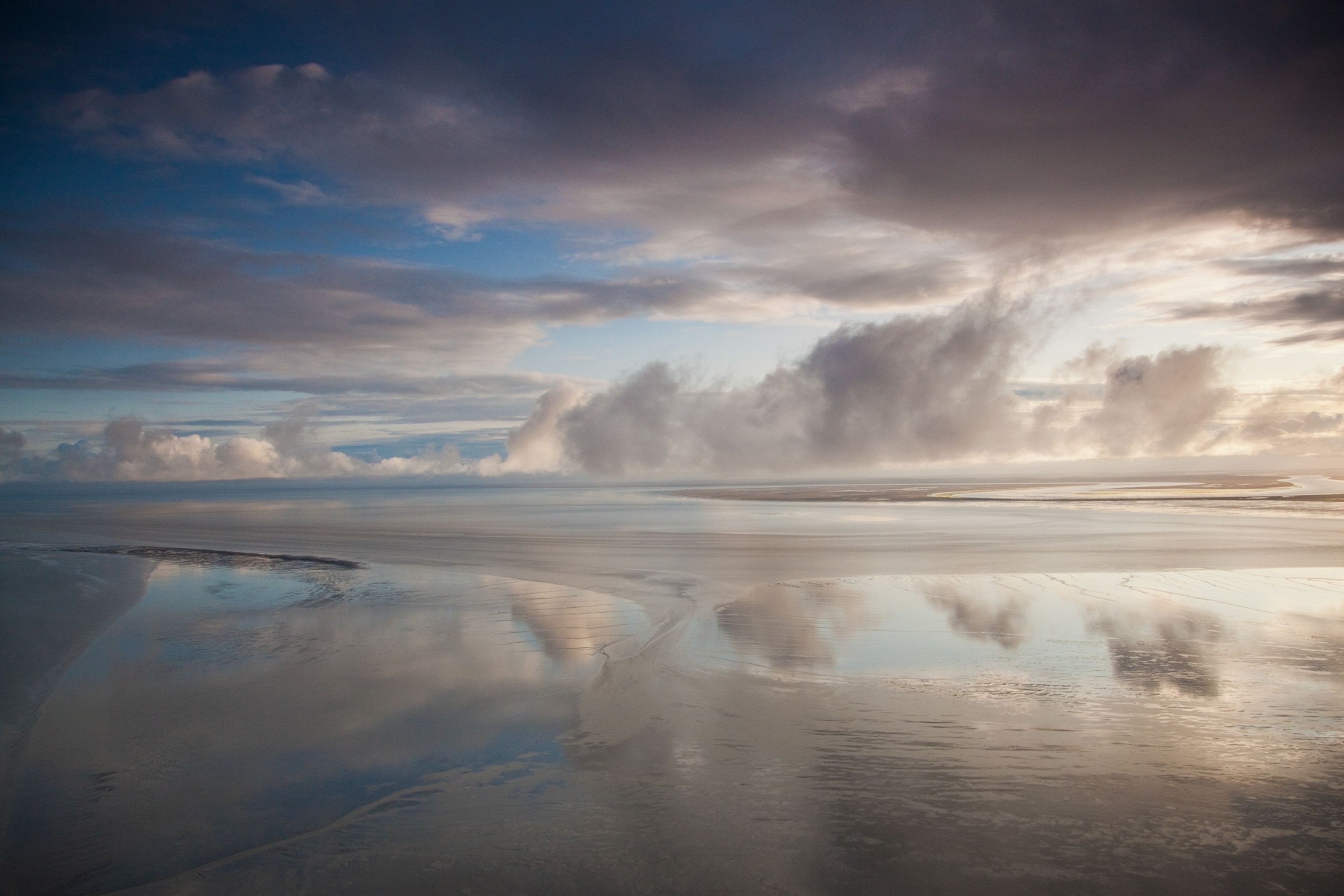
There’s still a chance the mine could be built. The EPA is still asking for more information--it’s not a final decision yet.
Well, this is all about money. So until it’s really happening we’ll be on guard. I’ll continue to support whoever needs support. I’ll donate my images. There is so much money in the ground that you can see why they don’t want to give up the fight. I don’t oppose mining—I use computers with copper in them—this is just the wrong place for it.
This really is a good day for environmentalists in Alaska, but it’s not a good day for those who support development. It’s kind of like California where half the people smoke dope and the other half want to kill them. Alaska is like that, too. It’s between the conservative side that wants to develop and the environmentalists.




